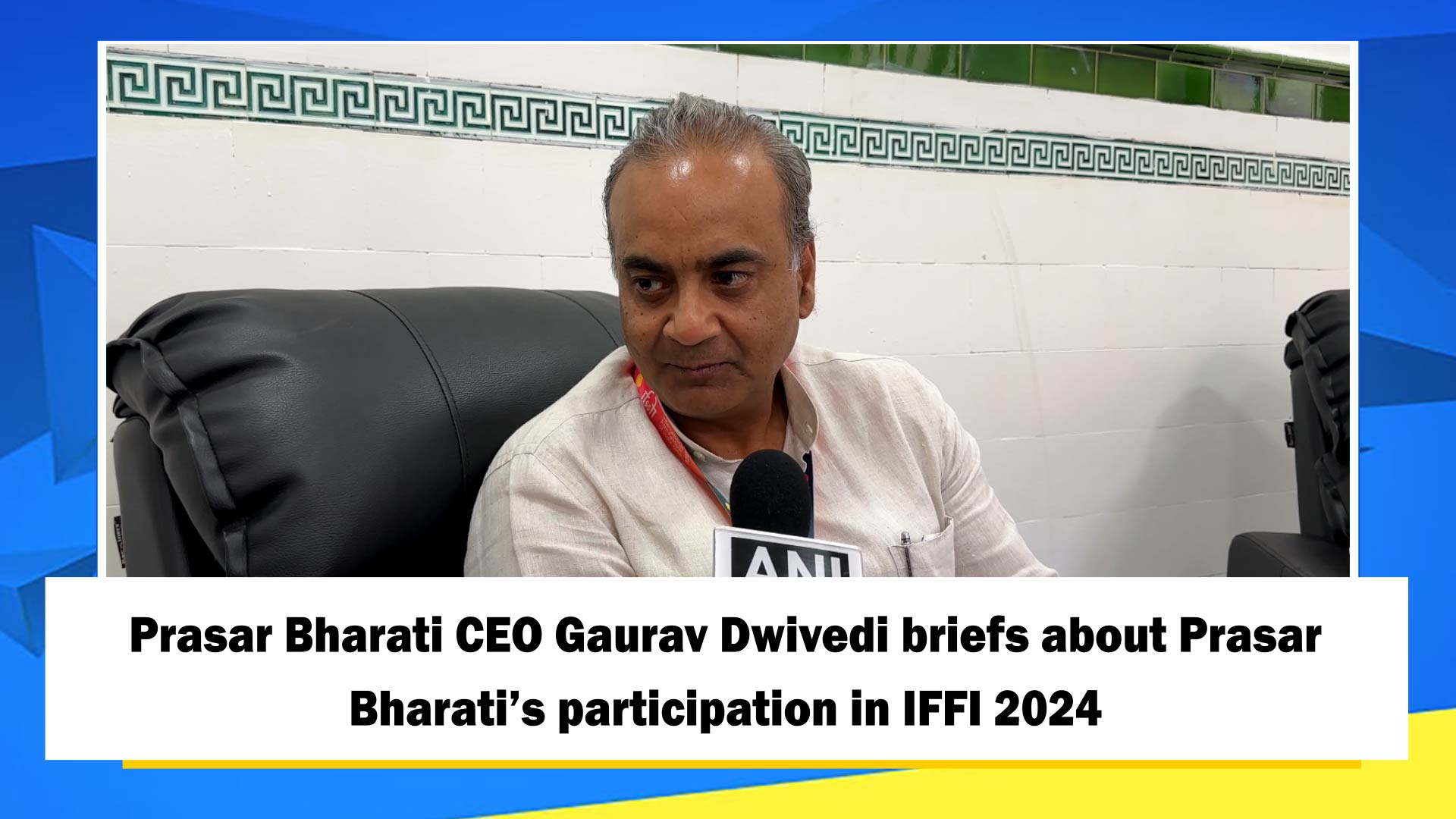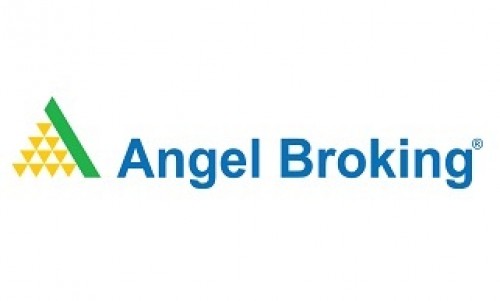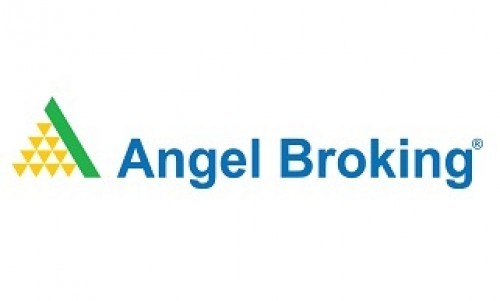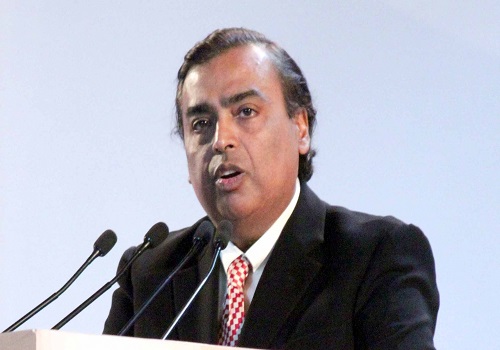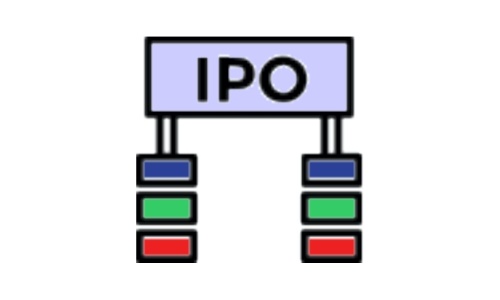IPO PROCESS IN INDIA

Follow us Now on Telegram ! Get daily 10 - 12 important updates on Business, Finance and Investment. Join our Telegram Channel
Follow us Now on Telegram ! Get daily 10 - 12 important updates on Business, Finance and Investment. Join our Telegram Channel https://t.me/InvestmentGuruIndia
Download Telegram App before Joining the Channel
Companies typically go public to raise huge amount of capital in exchange for securities. Once a private company is convinced about the need to become a public company, it kick-starts the process of IPO. Companies which want to go public follow a process that exchanges adhere to. The IPO process is quite complicated.
So, what are steps to tread to make an initial public offer? One should note that the entire IPO process is regulated by the ‘Securities and Exchange Board of India (SEBI)’. This is to check the likelihood of a scam and protect investor interest.
Step 1: Hire an investment bank
Step 2: Register with SEC
Step 3: Draft the Red Herring document
Step 4: Go on road show
Step 5: IPO is priced
Step 6: Available to public
Step 7: Going through with the IPO
Step 1: Hire an investment bank
A company seeks guidance from a team of under-writers or investment banks to start the process of IPO. More often than not, they take services from more than one bank. The team will study the company’s current financial situation, work with their assets and liabilities and then they plan to cater to the financial needs. An underwriting agreement will be signed which will have all the details of the deal and the amount that will be raised, the securities that will be issued. Though the under-writers assure on the capital they will raise, they won’t make promises. Even the investment banks will not shoulder all the risks involved in the money movement.
Step 2: Register with SEC
The Company and the under-writers together file the registration statement which comprises of every fiscal data and business plans of the company. It will also have to declare how the Company is going to utilize the funds it will raise from the IPO and about the securities of public investment.
If the registration statement has compliance to the stringent guidelines set by the SEC, which ensures that the company has disclosed every detail a potential investor should know, then it gets a green signal.
Else it is sent back with comments. The company should then work on the comments and file for registration again.
Step 3: Draft the Red Herring document
An initial prospectus which contains the probable price estimate per share and other details regarding the IPO is shared with the people who are involved with the IPO. It is called a red herring document because the first page of the prospectus contains a warning which states that this is not a final prospectus. This phase tests waters for the IPO among the potential investors.
Step 4: Go on road show
Before the IPO goes public, this phase happens over an action-packed two week. The executives of the Company travel around the country marketing the upcoming IPO to the potential investors, mostly QIBs. The agenda of the marketing includes presentation of facts and figures, which will drum up the most positive interest.
5: IPO is priced
Based on whether company wants to float a fixed price IPO or Book Building Issue, the price or price band is fixed. A fixed price IPO will have a fixed price in the order document, and the book building issue will have a price band within which an investor can bid. Number of shares that will be sold is decided. The Company should also decide the stock exchange where it be going to list their shares. The Company asks the SEC to announce the registration statement effectual so that purchases can be made.
Step 6: Available to public
On a planned date, the prospectus and application forms are made available to public online and offline. People can get a form from any designated banks or broker firms. Once they fill in the details, they can submit them with a cheque. Or they can submit it online as well. SEBI has fixed the period of availability of an IPO to public, which is usually 5 working days.
Step 7: Going through with the IPO
After the IPO price is finalized, the stakeholders and under-writers work together to decide how many shares will every investor receive. Investors will usually get full securities unless it is oversubscribed. The shares are credited to their demat account. The refund is given if the shares are oversubscribed. Once the securities are allotted, the stock market will start trading the Company’s IPO.
Click here to open demat account With Angelbroking









